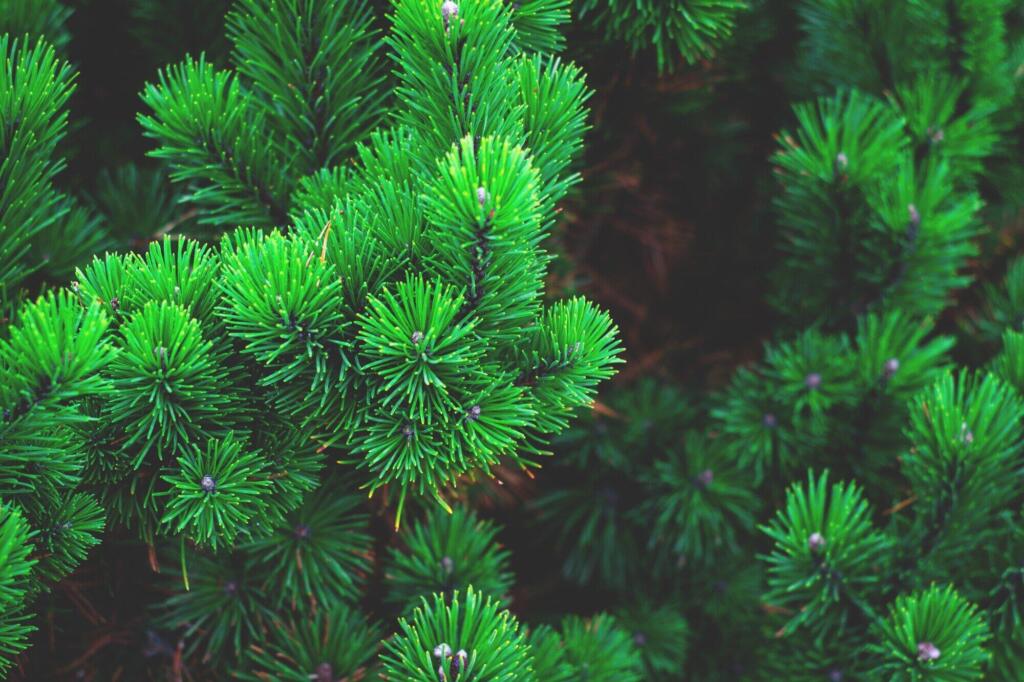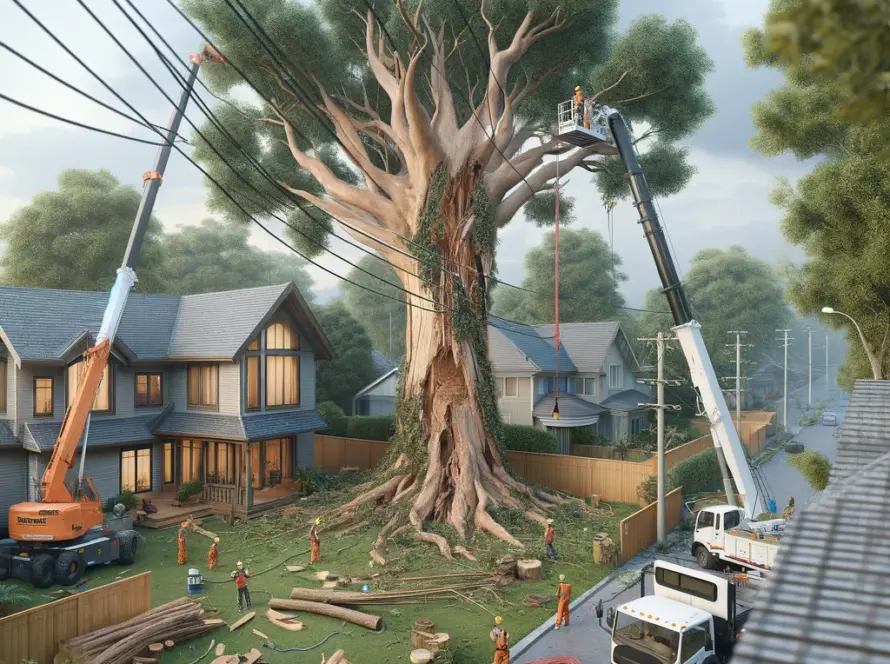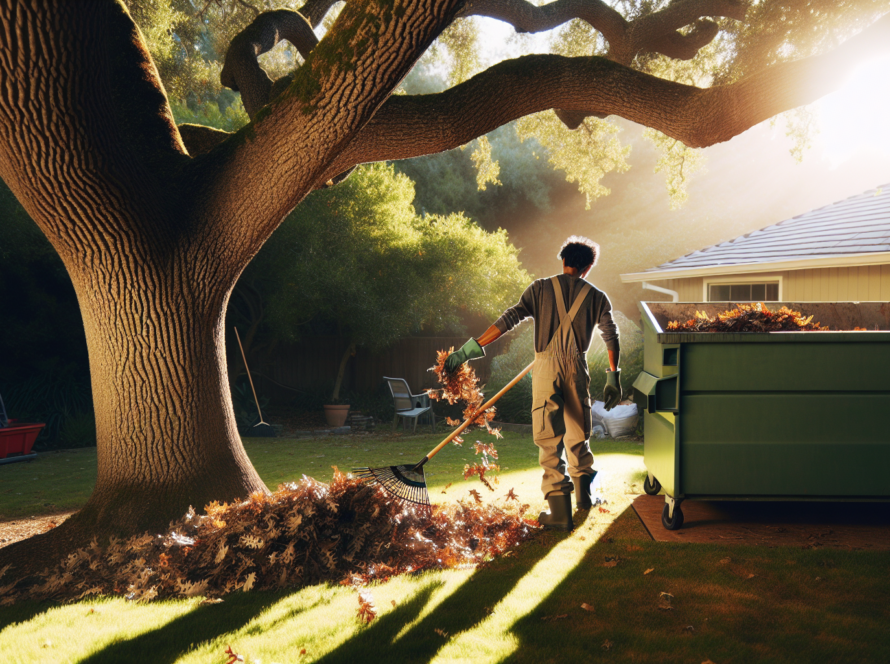Transform your home’s landscape into a serene and vibrant oasis with the addition of pine trees. These evergreen beauties not only provide year-round greenery but also offer various benefits, such as providing shade, producing aromatic scents, and even attracting birds and wildlife. However, with over 115 different species of pine trees to choose from, finding the perfect fit for your home can be a daunting task. Don’t worry; we’ve got you covered.
In this guide, you will discover a comprehensive breakdown of the different types of pine trees, their unique characteristics, and vital tips for selecting the ideal tree for your landscape. Say goodbye to confusion and hello to clarity as we delve into the world of pine trees and help you strengthen your home’s aesthetic appeal.
Ready to elevate your landscape design? Let’s dive in!
Enhancing Your Home with Pine Trees
Did you know that landscaping with pine trees can significantly enhance the beauty and value of your home? According to a recent survey, 85% of high-end homeowners prefer to invest in quality tree services for their landscapes. If you’re considering adding pine trees to your property, you’ve come to the right place. In this comprehensive guide, we will explore the various types of pine trees to help you make an informed decision that suits your needs and preferences perfectly.

Exploring Types of Pine Trees
Pine trees are renowned for their elegance, longevity, and versatility, making them a popular choice for homeowners looking to enhance their landscapes. One of the most beloved pine tree varieties is the Eastern White Pine (Pinus strobus), known for its tall stature, soft needles in bundles of five, and rapid growth rate. This majestic tree is a symbol of peace and harmony, exuding a sense of tranquility in any garden setting. On the other hand, the Scots Pine (Pinus sylvestris) is valued for its resilience to harsh weather conditions and its distinct orange-brown bark. Its vibrant green needles and conical crown make it a standout feature in any landscape design.
When selecting pine tree varieties for your landscape, it is essential to consider factors such as mature size, growth rate, needle color, and overall aesthetic appeal. Whether you opt for the compact form of a Dwarf Mugo Pine or the striking blue tones of a Blue Spruce Pine, each variety brings its unique personality to your outdoor space. By understanding the characteristics and growth habits of different pine tree varieties, you can create a harmonious and visually appealing landscape that reflects your personal style and preferences.
Landscaping with Pine Trees
Landscaping with pine trees offers a myriad of benefits for homeowners seeking to create a stunning and low-maintenance outdoor environment. These evergreen trees provide year-round interest, adding texture, color, and structure to your landscape design. The dense foliage of pine trees not only serves as a natural privacy screen but also acts as a windbreak, reducing noise pollution and creating a peaceful retreat in your backyard.
Popular types of pine trees
- Japanese Black Pine (Pinus thunbergii): revered for its striking dark needles and rugged appearance.
- Swiss Stone Pine (Pinus cembra): boasts soft blue-green needles and an elegant pyramidal shape.
Identifying popular types of pine trees requires a keen eye for detail and an appreciation for the subtle nuances that distinguish each variety. Whether you’re drawn to the unusual bark of the Paperbark Pine or the sculptural beauty of the Bosnian Pine, learning to identify these trees can deepen your connection to nature and enrich your outdoor experience.
Popular Types of Pine Trees
Pine trees are popular choices for landscaping due to their evergreen foliage, resilience, and versatility. Here are some popular types commonly used in landscaping:
- Eastern White Pine (Pinus strobus): Known for its soft, bluish-green needles and graceful appearance, the Eastern White Pine is a favorite for large landscapes. It grows quickly and adapts well to various soil conditions.
- Loblolly Pine (Pinus taeda): Native to the southeastern United States, the Loblolly Pine is prized for its fast growth, straight trunk, and dense canopy. It thrives in moist, acidic soils and is commonly used for windbreaks and privacy screens.
- Ponderosa Pine (Pinus ponderosa): This majestic pine features long needles in bundles of three and distinctive orange-red bark. Ponderosa Pines are ideal for spacious landscapes, where they provide shade and habitat for wildlife.
- Scotch Pine (Pinus sylvestris): With its dense, pyramidal shape and bright green needles, the Scotch Pine is a popular choice for Christmas tree plantations and ornamental landscaping. It tolerates a wide range of soil conditions and climates.
- Japanese Black Pine (Pinus thunbergii): prized for its unique, twisted branches and dark green needles, the Japanese Black Pine is a stunning addition to coastal landscapes. It is drought-tolerant and resistant to salt spray, making it ideal for seaside gardens.
These are just a few examples of the many pine tree varieties available for landscaping, each offering its own distinct beauty and characteristics. Whether used for screening, accent planting, or creating a focal point, pine trees add year-round interest and texture to any landscape.
Pine Tree Identification
Identifying pine trees involves observing key characteristics such as needle arrangement (clusters or singles), needle length, cone size and shape, bark texture, and overall tree shape. For example, Eastern White Pine has clusters of five needles, while Ponderosa Pine has bundles of three. Pay attention to cone size and shape; for instance, Loblolly Pine cones are large and ovoid, whereas those of the Austrian Pine are smaller and symmetrical.
Additionally, consider bark texture: Scotch Pine has scaly bark, while sugar pine features large, plate-like scales. Overall, tree shape can also aid identification; for instance, the Japanese Black Pine often exhibits a picturesque, asymmetrical form.
Landscaping With Pine Trees
Understanding the different types of pine trees and how to incorporate them into your home landscape can elevate your property to new heights of beauty and tranquility. Whether you’re aiming to create a secluded retreat, enhance your curb appeal, or add visual interest to your garden, pine trees offer a timeless and versatile solution for achieving your landscaping goals.
Visit our website today to explore our range of tree services and embark on a journey to transform your outdoor space with the enduring beauty of pine trees. Edit Article




